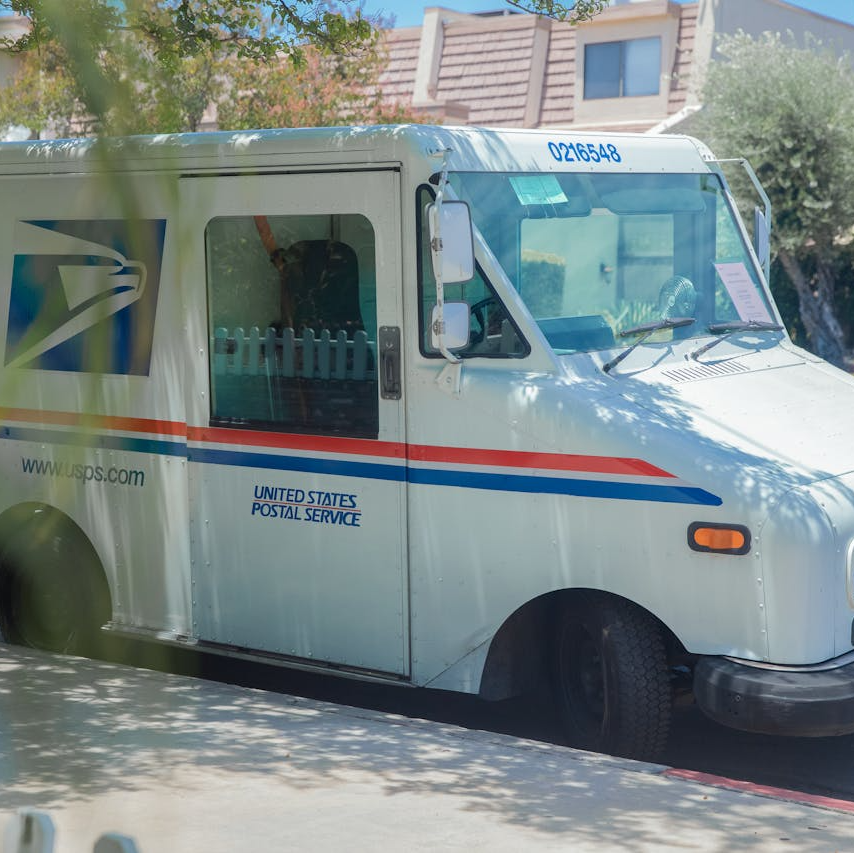Key Takeaways
- The new Postal Service Health Benefits (PSHB) program changes how retirees access healthcare, integrating with Medicare options.
- USPS retirees need to understand their PSHB options to make informed choices about their healthcare coverage.
The PSHB Program for Retirees: What It Means for Your Coverage and Medicare
For United States Postal Service (USPS) retirees, health coverage is a top priority after years of dedicated service. With the introduction of the Postal Service Health Benefits (PSHB) program, many are wondering what this means for their coverage and how it aligns with Medicare. The PSHB program was established to replace the Federal Employees Health Benefits (FEHB) program, specifically catering to USPS workers and retirees. If you’re a USPS retiree, understanding how this shift impacts your healthcare options is essential. Let’s explore the PSHB program, its connection to Medicare, and how to navigate these changes effectively.
What Is the Postal Service Health Benefits (PSHB) Program?
The Postal Service Health Benefits (PSHB) program is a newly created health benefits system exclusively for USPS employees and retirees. Set to take full effect in January 2025, the PSHB is designed to provide comprehensive health insurance coverage for active postal workers and retirees. This change aims to streamline the healthcare process for USPS workers, ensuring that they have access to tailored healthcare plans that meet their specific needs.
For retirees, this means shifting from the Federal Employees Health Benefits (FEHB) program to PSHB, with a particular focus on integrating with Medicare. This change can seem overwhelming, but with the right understanding, it can help retirees maximize their healthcare benefits.
Why Was the PSHB Program Created?
The PSHB program was introduced as part of a larger postal reform initiative known as the Postal Service Reform Act of 2022. One of the primary goals of this reform is to improve the financial stability of the USPS by addressing the costs associated with retiree health benefits. Prior to the creation of the PSHB, the USPS was required to pre-fund retiree health benefits, a financial burden that contributed to the agency’s financial struggles.
By establishing the PSHB program and integrating it with Medicare, the USPS aims to reduce its long-term liabilities while ensuring that retirees have access to quality healthcare coverage. For retirees, this integration means they will likely need to enroll in Medicare Part B to fully benefit from their PSHB plan.
How Does PSHB Impact Retirees?
One of the most significant changes for USPS retirees is the shift in how their healthcare is structured. Under the PSHB program, Medicare becomes a key component of healthcare coverage for retirees who are eligible. Here’s how it works:
-
Medicare Enrollment: USPS retirees who are 65 or older and eligible for Medicare must enroll in Medicare Part B (outpatient services) to access PSHB benefits. This integration helps reduce costs and ensures comprehensive coverage by coordinating benefits between PSHB and Medicare.
-
Coverage Continuation: For retirees already enrolled in the Federal Employees Health Benefits (FEHB) program, coverage will automatically transition to PSHB in 2025. However, those who are not yet eligible for Medicare will still be covered under the PSHB program until they become Medicare-eligible.
-
Enhanced Benefits: With the combination of PSHB and Medicare, retirees can expect enhanced coverage. Medicare will handle a large portion of healthcare costs, with PSHB acting as secondary coverage to fill in the gaps. This dual-layer approach provides robust healthcare protection for retirees.
Navigating Medicare and PSHB Together
Understanding how Medicare works with the new PSHB program is essential for USPS retirees. The coordination between these two systems can seem complex, but it’s crucial to understand the basics to ensure that you’re making informed decisions.
1. Medicare Part A and Part B:
Medicare is divided into different parts. Part A covers hospital stays, while Part B covers outpatient services like doctor visits and preventative care. Retirees must enroll in both Part A and Part B to fully take advantage of the PSHB program. For most retirees, Part A is premium-free, but Part B does require a monthly premium. This is an important consideration when evaluating your total healthcare costs.
2. Coordination of Benefits:
Once enrolled in Medicare, it will serve as the primary insurer, with PSHB providing secondary coverage. This means Medicare pays first, and PSHB covers the remaining costs, reducing out-of-pocket expenses for retirees. It’s important to understand that failure to enroll in Medicare Part B could lead to higher healthcare costs, as PSHB will not cover services that Medicare would have provided.
3. Medicare Advantage vs. Traditional Medicare:
PSHB-eligible retirees can choose between staying with traditional Medicare or exploring Medicare Advantage plans. Medicare Advantage plans, sometimes called Part C, offer an alternative to traditional Medicare and can include additional benefits like dental, vision, and hearing. However, it’s important to weigh the pros and cons of each option before making a decision. PSHB plans will coordinate with both traditional Medicare and Medicare Advantage, but coverage details may vary.
What Should Retirees Do Next?
With the PSHB program rollout on the horizon, USPS retirees need to take proactive steps to ensure they are prepared for these changes. Here are some important actions to consider:
1. Evaluate Your Medicare Options:
If you’re nearing age 65 or are already Medicare-eligible, take the time to review your Medicare options, including whether you want to stick with traditional Medicare or explore Medicare Advantage plans. Be sure to enroll in Medicare Part B to avoid any gaps in your PSHB coverage.
2. Review Your Healthcare Needs:
Assess your current healthcare needs and consider how the PSHB program, in combination with Medicare, will meet those needs. If you have ongoing medical conditions or anticipate needing more healthcare services in the future, this is a good time to ensure that your coverage aligns with your needs.
3. Stay Informed:
As the PSHB program evolves, keep up to date with any changes or updates that might impact your coverage. You can do this by visiting the USPS or Office of Personnel Management (OPM) websites, or by speaking with a licensed insurance agent who can provide personalized advice on your healthcare options.
The Importance of Understanding Your Coverage Options
Navigating healthcare in retirement can be challenging, but understanding the PSHB program and how it works with Medicare is crucial for USPS retirees. By familiarizing yourself with the program’s requirements and benefits, you can ensure that you’re making the best choices for your healthcare needs.
Additionally, because Medicare plays such an important role in PSHB, it’s essential to understand how the two programs interact. The good news is that by enrolling in Medicare and participating in the PSHB program, retirees will have access to comprehensive healthcare coverage that can help protect their health and financial well-being in retirement.
What Happens if You Don’t Enroll in Medicare Part B?
A common concern for USPS retirees is whether they must enroll in Medicare Part B. While participation in Medicare Part B is strongly encouraged for those eligible, failing to enroll can result in significant out-of-pocket expenses. PSHB plans are designed to coordinate with Medicare, and without Medicare Part B, retirees may be responsible for costs that Medicare would have covered.
Additionally, there may be penalties for enrolling in Medicare Part B late, which could increase your premium over time. It’s critical to enroll in Medicare as soon as you are eligible to avoid these penalties and ensure seamless coverage.
Stay Ahead of the Changes
The rollout of the PSHB program marks a significant shift in how USPS retirees will access healthcare. By understanding how this program works in conjunction with Medicare, retirees can take steps now to prepare for the transition. Whether it’s enrolling in Medicare, reviewing healthcare needs, or staying informed about program updates, proactive planning can help ensure that retirees continue to receive the healthcare coverage they need in retirement.
Preparing for the Future of Healthcare Coverage
As the PSHB program officially replaces FEHB for USPS retirees, it’s important to stay informed and prepared. The integration with Medicare may offer enhanced coverage and cost-saving opportunities, but it also requires careful consideration of enrollment and coverage options. By taking the time to review your choices and stay ahead of upcoming changes, you can ensure a smooth transition into the new Postal Service Health Benefits program.










